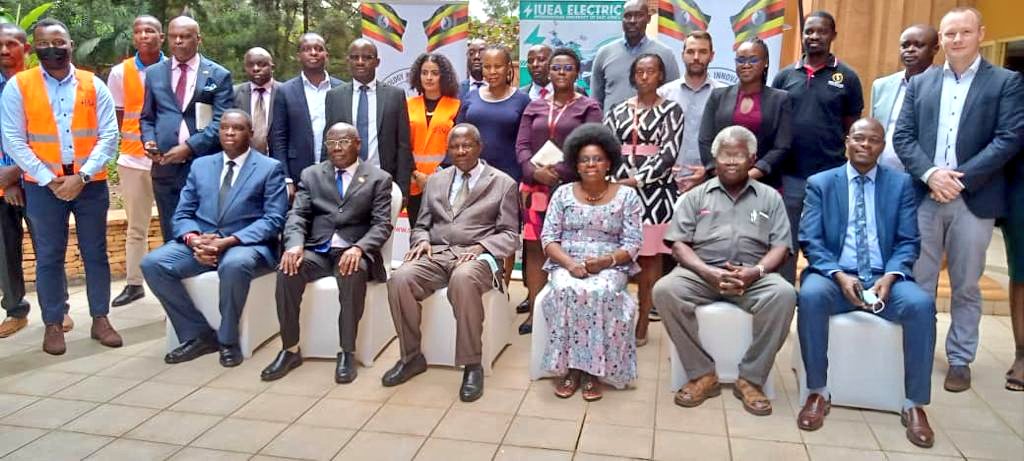The situation in West Asia has become increasingly tense following Israel’s October 26 airstrikes, as Iran warns of a powerful response. The stakes are high, with multiple regional actors involved and the U.S. presidential election adding another layer of complexity.
Iran Pledges Strong Countermeasures
Iranian leaders, including the Supreme Leader and President Masoud, have emphasized Iran’s commitment to defending its interests. The Iranian Revolutionary Guard has hinted at the use of advanced weaponry and targeting new strategic sites in response to Israel’s actions.
Iranian officials have stated that they will mobilize all resources—spiritual and material—against what they describe as “Zionist aggression.” Iran may also extend the range of its ballistic missiles, suggesting a shift in its defense strategy amid the growing tensions with Israel.
Israel’s Airstrikes and U.S. Military Movements
The October 26 airstrikes targeted Iranian air defenses, leaving critical sites vulnerable. Although Israel has not yet targeted Iranian oil or nuclear infrastructure, this restraint could change if Iran proceeds with a retaliatory strike. The United States has reinforced its regional presence with B-52 bombers, Navy destroyers, and other military assets, preparing for potential escalations as the Abraham Lincoln Carrier Strike Group exits the area.
Strategic Timing Amid U.S. Presidential Race
Iran’s decision-making appears to be influenced by the approaching U.S. election. While Tehran may temper its response if conflicts in Gaza and Lebanon worsen, the potential for escalation remains. Iran’s strategy likely factors in the U.S. election calendar, with an eye on maintaining regional stability while avoiding direct American involvement.
West Asia stands at a crossroads, with profound global implications as regional alliances and rivalries come into play. How this unfolds will shape not only the region’s future but potentially the global political landscape as well.






